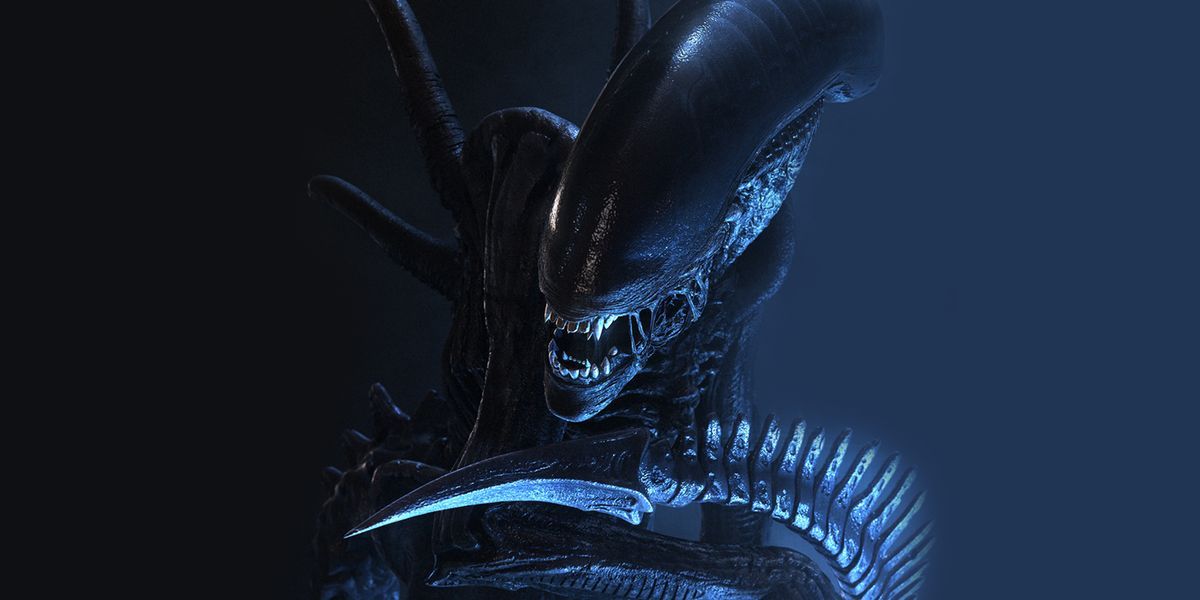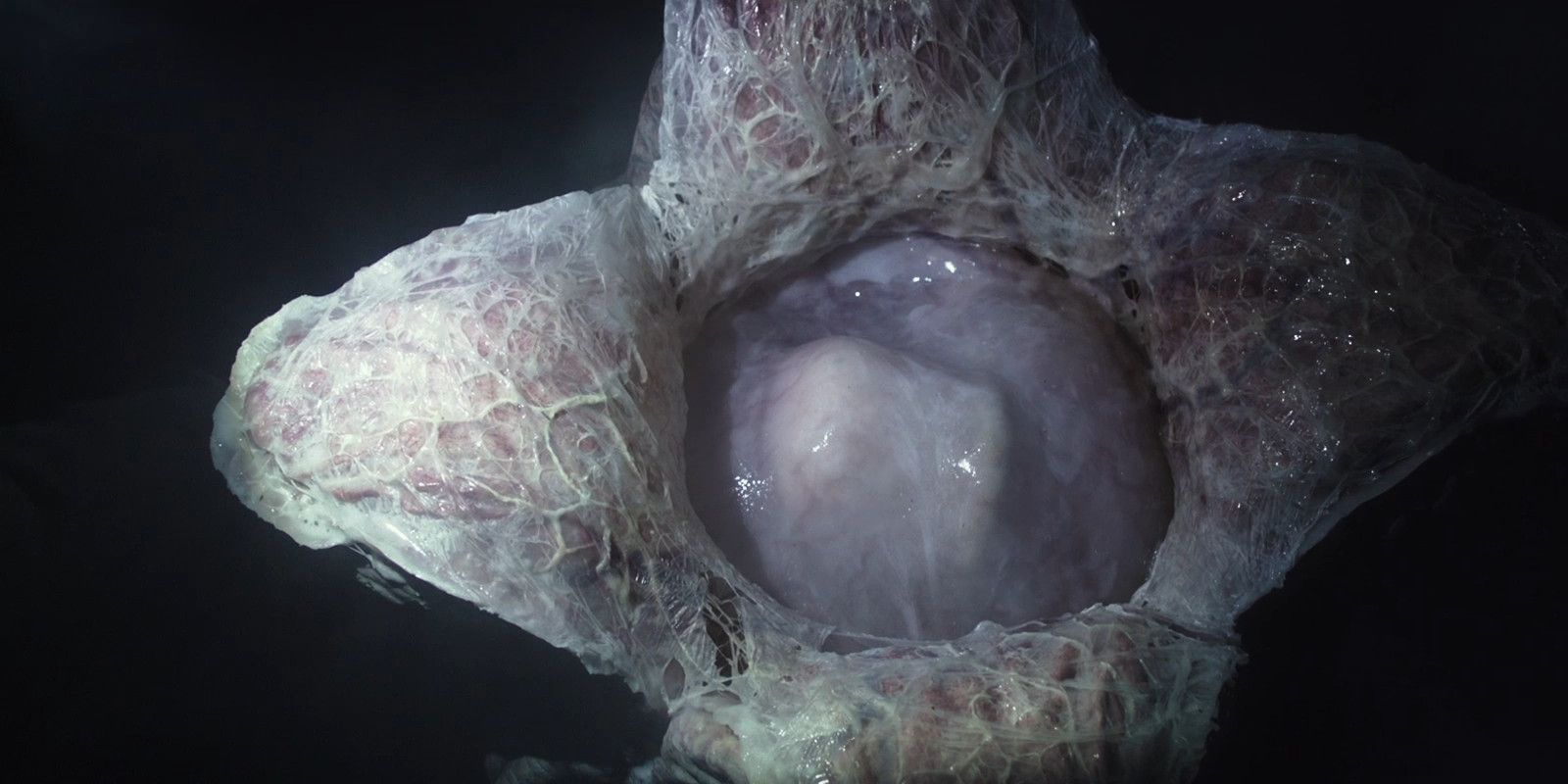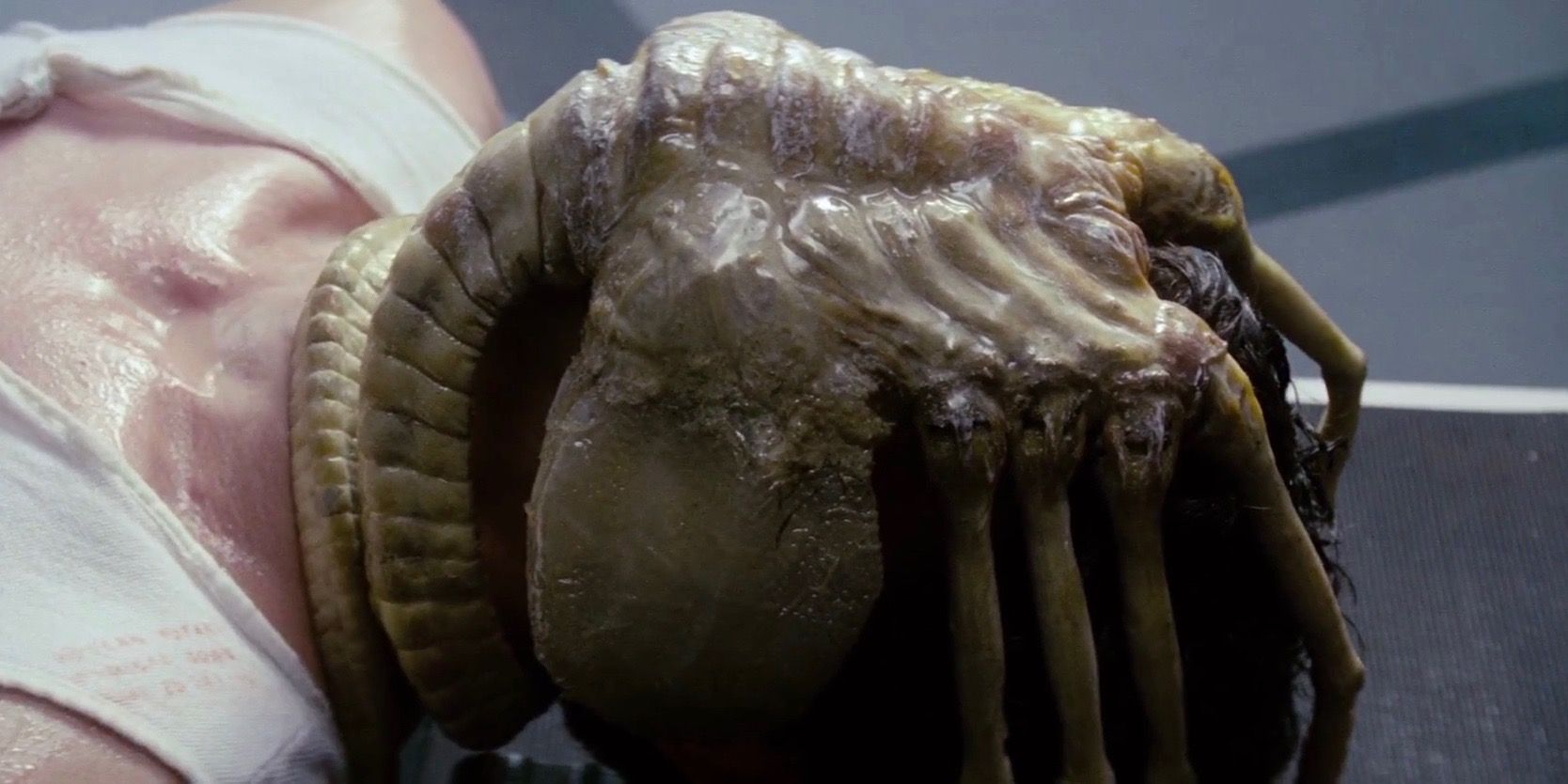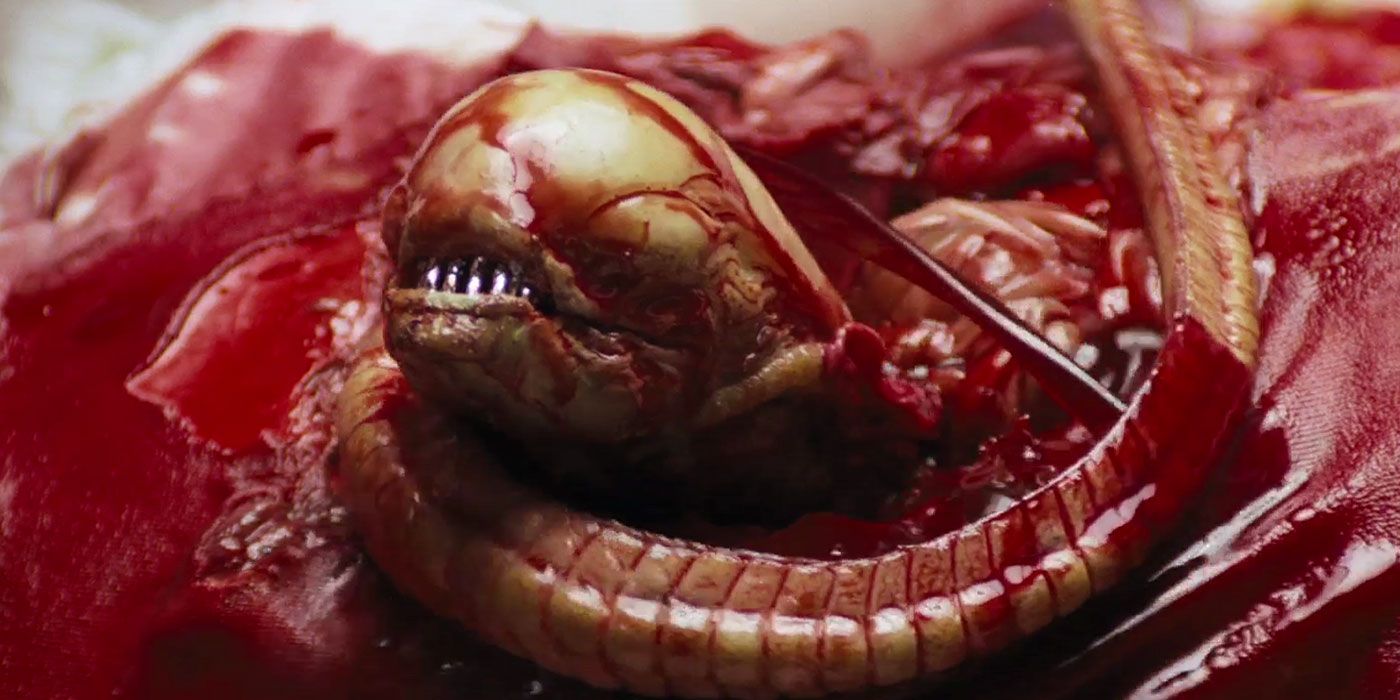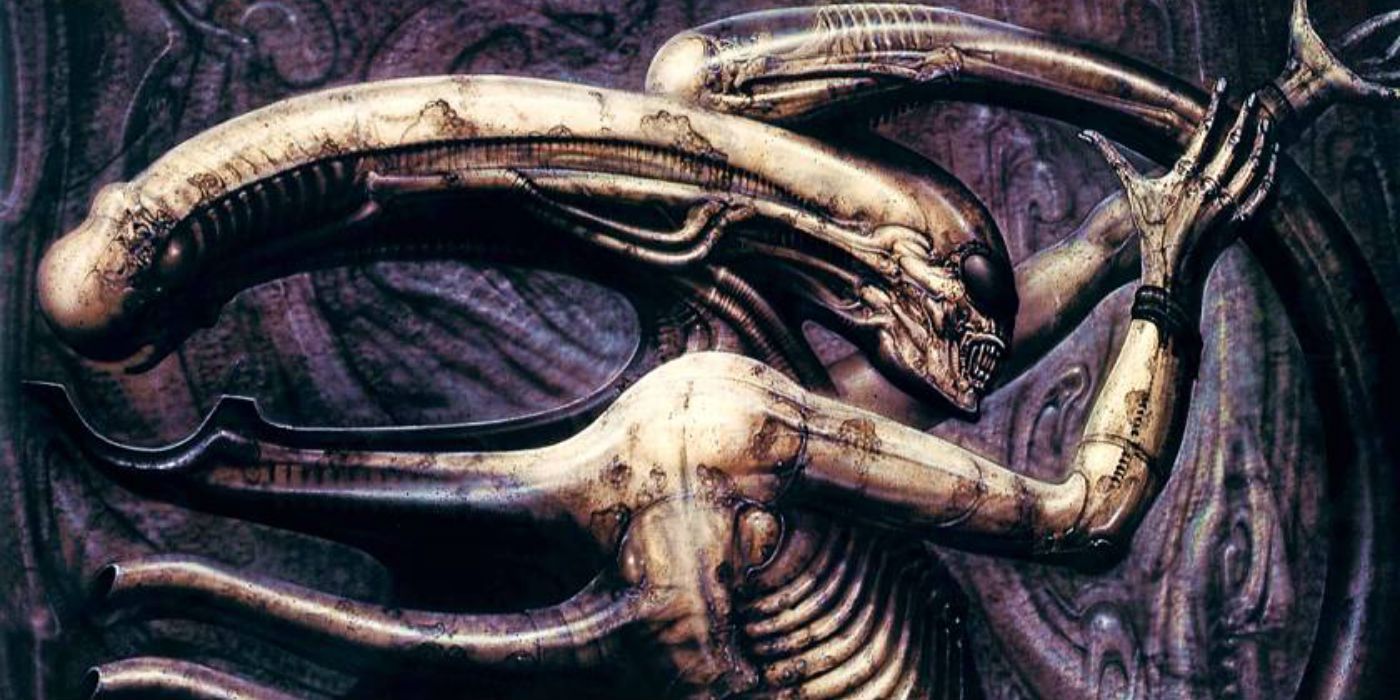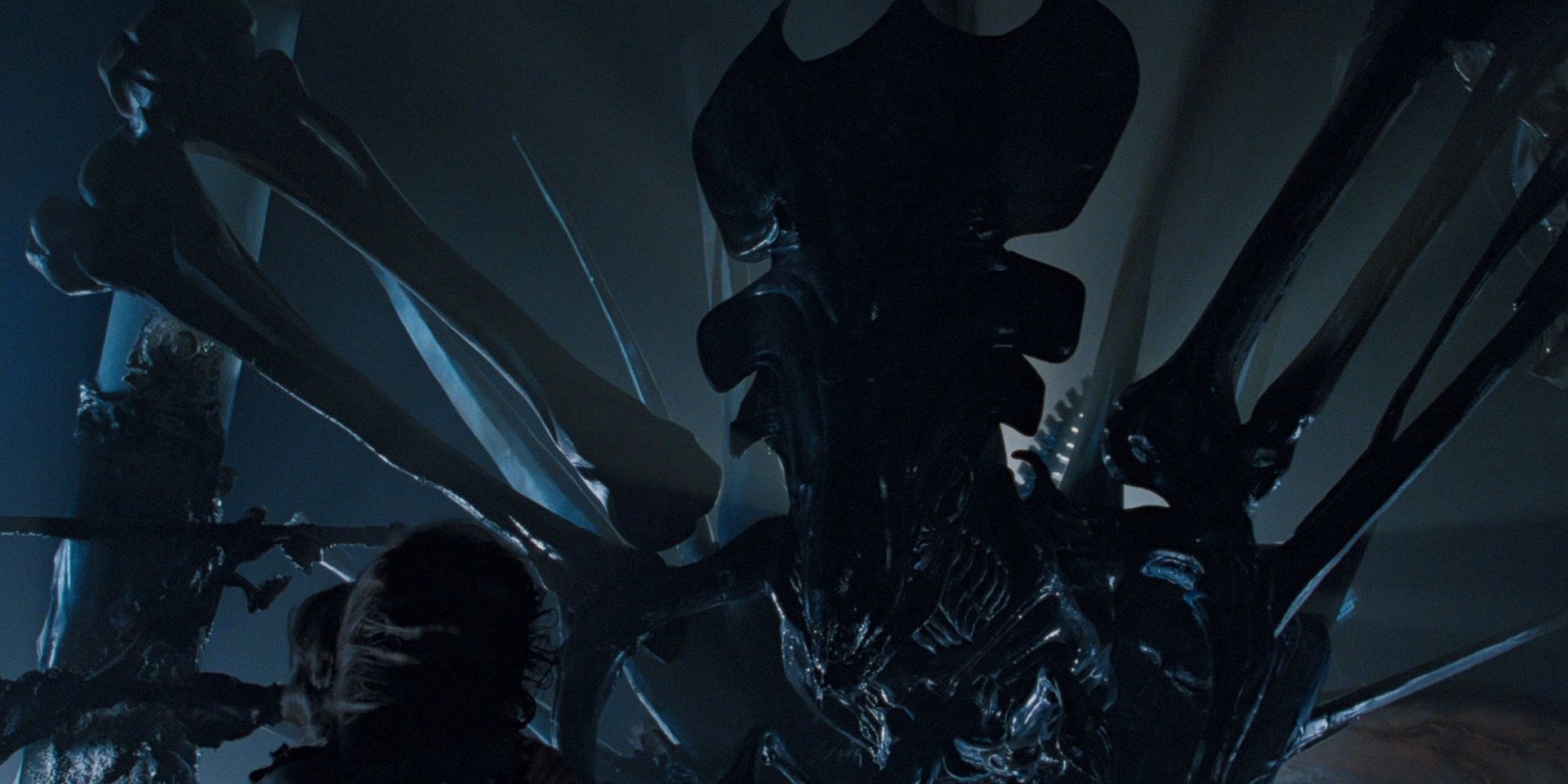Ridley Scott and Dan O’Bannon’s 1979 film Alien revolutionized a lot of things about the horror and sci-fi genres in modern cinema, including writing a strong, capable main character who just happens to be female and creating a totally iconic alien creature. Thanks to the beautiful combination of cinematography, creature effects, set design, and haunting score, the Alien franchise remains a favorite of genre fans worldwide.
One of the major draws of Alien and the rest of the franchise, is the creature and set design achieved through the combination of work from Swiss artist H.R. Giger and special effects artist Ron Cobb, along with a team of collaborators including the writer and director themselves. The unique biomechanical look brought by H.R. Giger’s artwork in combination with the ingenious way Cobb brought it to life through practical effects gave a wholly new and captivating look to audiences’ screens.
The combined vision of Dan O’Bannon, Ridley Scott, H.R. Giger, and Ron Cobb propelled Alien and the xenomorph to the fame it has today. While subsequent films added and changed aspects of the story and the world, the xenomorph continued to captivate audiences. Here’s a look at the different xenomorph variants and how they grew and changed through the film series.
The Alien Egg
The first glimpse of the xenomorph occurs in Alien when the crew of the Nostromo ventures out onto moon LV-426 following a distress signal, and discovers an abandoned ship. Entering the vessel, they find it is not all empty, discovering rows and rows of strange eggs attached to the floor of one of the large chambers.
In order to create the infamous giant alien eggs, the egg model was stuffed with sheep intestines and caul fat, the lining around a cow’s stomach to give it an organic, yet alien look. But, to create the desired pulsating effect Ridley Scott himself donned rubber gloves and pushed the innards up under the camera. The quick shot of the facehugger erupting from the egg was achieved using a sheep’s intestine as the cord.
Initially, the eggs in Alien remained totally stationary except for the pulsating movement of the interior; however, as the series progressed, the entire egg was designed so that it could ripple as it opened.
The Facehugger
The next stage of the xenomorph that’s shown appears immediately after the eggs, as the facehugger springs out of the top of one egg and attaches itself to Kane’s (John Hurt) face. The rest of the crew ushers him back to the ship and, despite Ripley’s warnings, they bring him back inside to the medical bay to examine him and the creature.
During the surgery scene in which Ash performs an autopsy on the first facehugger after it’s dropped away from Kane’s face, the interior of the creature was made with fresh shellfish, four oysters, and a sheep kidney. The original facehugger prop was designed by Dan O’Bannon himself, with the technical elements of the musculature and bone being added later by Ron Cobb. It was molded out of foam latex rubber and left unpainted to resemble a pallid skin, and features aluminum wire armatures that allow the fingers to grip.
In Aliens, the facehuggers were redesigned by Stan Winston so that they would be capable of movement. In this film, the creatures are able to scuttle around on their finger-like appendages and leap at people, lashing out with their tail.
The Chest Burster
The next evolution of the xenomorph is the chestburster stage, first shown violently exiting the abdomen of Kane during a particularly bloody breakfast scene. The chest burster is a fairly simple model, featuring the phallic aesthetic common across all of H.R. Giger’s designs, and exploded from John Hurt’s stomach using a simple blood pack gag and a false body once the puppet actually starts to emerge from under his shirt.
In the original Alien, the chestburster is a cylindrical, armless creature with a long, snakeline tail. The model consisted of a curved metal rod within the body culminating in a handgrip below to allow the puppeteer to operate the creature. The jaw and other minor movements were achieved through air bladders.
In Aliens, arms were added to the design to allow the creature to manually crawl its way out of its host's corpse, instead of emerging solely with pressure. The arms were abandoned in Alien: Resurrection, but returned again in Alien: Covenant.
Xenomorph Drones & Warriors
In their adult form, the xenomorphs are a tall, bipedal creature with an appearance that borders between skeletal and insectoid. The original design of the xenomorph was pulled directly from H. R. Giger’s Necronom IV and achieved in the first Alien film thanks to Bolaji Badejo, the actor and visual artist who performed the role of the xenomorph. He was covered in the alien suit, mask, and a variety of appliances that allowed him to stalk around as the xenomorph.
He did not return for Aliens, however, and the film compensated with fewer, darker shots of the alien that used actors in suits, as it was difficult to replicate the stature of Badejo. Subsequent xenomorph models were predominantly created using a combination of puppetry and CGI animation.
The heads of the xenomorphs are elongated, featuring cylindrical skulls with no visible eyes. In the original Alien film, the top of the creature's head was translucent, with empty, human-looking eye sockets and a skull within. The interior of this mask was molded from an actual human skull and the semi-translucent shell, created through vacuform, was placed overtop to give the audience only brief views of the structure underneath. The musculature of the jaws was crafted using shredded condoms to hide the mechanisms that moved the mouth, tongue, and lips, and the entire actor was covered with KY Jelly to achieve a wet, drippy look.
In Aliens, the adult xenomorphs are given a more textured head rather than the smooth carapace, but the smooth design of the carapace would be used again in Alien 3 and Alien: Resurrection, although redesigned with a longer muzzle and more prominent chin. This longer, smooth design would be kept in Alien vs Predator, but abandoned again in Aliens vs. Predator: Requiem in favor of the ribbed design once more.
The design of the xenomorph features a segmented, blade-tipped tail that was originally intended to end in a stinger more like that of a scorpion bulb but were morphed in Aliens and the rest of the series to appear (and function) more like a bladed weapon. In Alien: Resurrection the tails were given a flat ridge of spines at the base of the blade, which was introduced to help them swim more convincingly. The addition was left intact in the subsequent films.
Throughout the series, the xenomorphs have alternated between having either plantigrade or digitigrade legs. In Alien the legs are shown to be plantigrade, as there is a human inside the alien suit, and this design carries through most of the films for xenomorphs that have had human hosts. For the first time in Alien 3, the audience sees xenomorphs born of animal hosts, and these are given digitigrade legs and a more quadrupedal design to contrast with the human-born xenomorphs. However, Alien: Resurrection gave even the human-spawned xenomorphs digitigrade legs and a more hunched, animalistic appearance. The human-spawned alien design was reverted to the more humanoid plantigrade posture in Alien vs. Predator and the rest of the series.
Xenomorph Queen
Appearing for the first time in Aliens, the Xenomorph Queen is significantly larger and stronger than the typical Xenomorph Drone. Designed entirely by James Cameron with the help of special effects artist Stan Winston, the alien queen features two pairs of arms, one large and one small, plus a large, flat crest like a crown on her head. Additionally, the queen’s external mouth is separately segmented from the rest of her head, allowing her to turn her mouth left and right independently from the position of her head.
In her original appearance in Aliens, the queen measured nearly 14 feet tall, and required sixteen puppeteers to operate, with two built inside the puppet itself working the two sets of arms and the rest working externally to move the head, tail, and jaws. The skeleton of the queen’s body was constructed using aluminum and fiberglass with steel armatures, and in order to minimize the weight of the creature, her skin was cast in a light polyfoam with fiberglass used for the more rigid portions like her crown. The massive puppet was suspended by a crane or mounted by a bracket from below.
The Xenomorph Queen reappears in Alien: Resurrection, featuring a slightly altered design and was repainted with a blend of green and brown to give it a more insectoid look. This color concept was later abandoned in Alien vs. Predator for the queen’s next appearance in favor of the original black. In Alien vs. Predator, the queen was operated entirely through hydraulics, featuring 47 points of hydraulic motion. For this new model, her overall height was increased to 20 feet and she was given additional spines on her head as well as a thinner waist as there was no longer a need to make room for puppeteers inside the body.
Aliens vs. Predator: Requiem introduced a younger form of the full-grown queen, though she also featured unique traits from her Predator host. The Predalien, as she’s known, uses its inner mouth to directly deposit multiple chestburster embryos into hosts, also using its mandibles to latch on their faces, allowing her to completely bypass the need for facehuggers and more quickly give birth to xenomorph offspring before she matures into her more sedentary state. Alien has birthed a full franchise of eight films, several video games, comic books, background novels, and merchandise of all types, mostly thanks to the perfect storm of film and design aspects in the 1979 film and 1986 sequel. While the xenomorph may exist in many forms and with many features, its legacy cannot be disputed.

